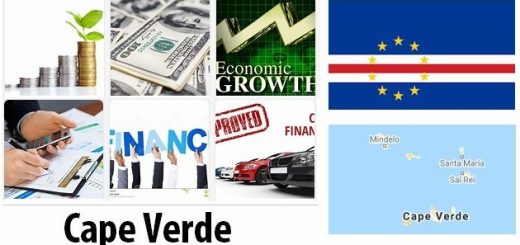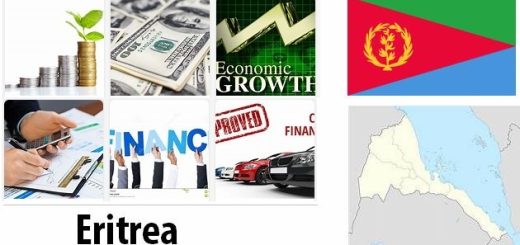Botswana Economy Facts
Economical overview
Thanks to large diamond assets, Botswana has in a few decades gone from being poor to being classified as a middle-income country. Stability and well-considered economic policy have contributed to what is often regarded as an African success story. At the same time, the income gaps are still very large.
At independence in 1966, Botswana was one of the world’s poorest countries, but soon afterwards the first diamonds were found. The country has long been the world’s largest diamond producer in terms of value (Russia is larger in terms of quantity) and accounts for about one-fifth of total production. Revenue from diamond trade varies, but the gemstone has generally accounted for between just over 50 percent and nearly 90 percent of export earnings. The global financial crisis made 2009 a bleak exception. The diamond trade collapsed and revenue almost halved, but already recovered the following year. 2012 was again a tough year with reduced diamond production at the same time as the country suffered from both drought and flood problems.
- Countryaah.com: Major imports by Botswana, covering a full list of top products imported by the country and trade value for each product category.
No “blood diamonds”
The mining sector as a whole normally accounts for between just over 30 percent and just over 40 percent of the gross domestic product (GDP), where diamonds make up the majority. Tourism accounts for just over 10 percent of GDP. Financial services are another important element of the service sector. Agriculture’s share of GDP has fallen sharply, but agriculture is still the main occupation for almost half of the Botswani.
- Abbreviationfinder.org: Check this abbreviation website to find three letter ISO codes for all countries in the world, including BWA which represents the country of Botswana. Check findjobdescriptions to learn more about Botswana.
In order to reduce dependence on diamond exports, the government is trying to stimulate foreign investment and support small businesses. However, the willingness to invest has been adversely affected by, among other things, the AIDS epidemic and the unrest in Zimbabwe.
Nevertheless, international organizations still rank Botswana as the least corrupt and most creditworthy country in Africa. The attention to “blood diamonds” in other African countries also gives the country an advantage. Here are good working conditions in the diamond industry. The trade in gemstones has not financed arms purchases and conflicts, but has contributed to giving residents access to education and basic health care.
Low foreign debt
Previously, virtually all diamond processing took place in the United Kingdom, but since 2013 there has been a diamond trading center (DTCB) in Gaborone where sorting and processing is carried out. Thus, for the first time, it is possible to sell directly from Botswana to the global market. All diamond handling is handled by the company Debswana, which is owned equally by the Botswana state and the South African mining group De Beers.
The state budget has generally shown a substantial surplus. However, loss of revenue in the mining industry produces deficits in certain years. The country has also for a long time had a surplus in foreign trade, which has led to a low foreign debt and a very strong foreign exchange reserve.
Over a couple of decades, into the 1990s, the economy grew by about 9 percent a year. During the period 2000 to 2008, growth averaged just under 5 percent per year. In 2009, the economy temporarily shrank due to the international financial crisis. In 2012–2014, the economy grew by just over 6 percent a year. Slower growth in the world economy and thus reduced demand for diamonds has since hampered development. For 2016, growth forecasts were between 3 and 4 percent.
FACTS – FINANCE
GDP per person
US $ 8,259 (2018)
Total GDP
US $ 18,616 million (2018)
GDP growth
4.5 percent (2018)
Agriculture’s share of GDP
2.0 percent (2018)
Manufacturing industry’s share of GDP
5.2 percent (2018)
The service sector’s share of GDP
59.5 percent (2018)
Inflation
3.0 percent (2019)
Government debt’s share of GDP
12.1 percent (2018)
External debt
US $ 1 740 million (2017)
Currency
populations
Assistance per person
US $ 45 (2017)













